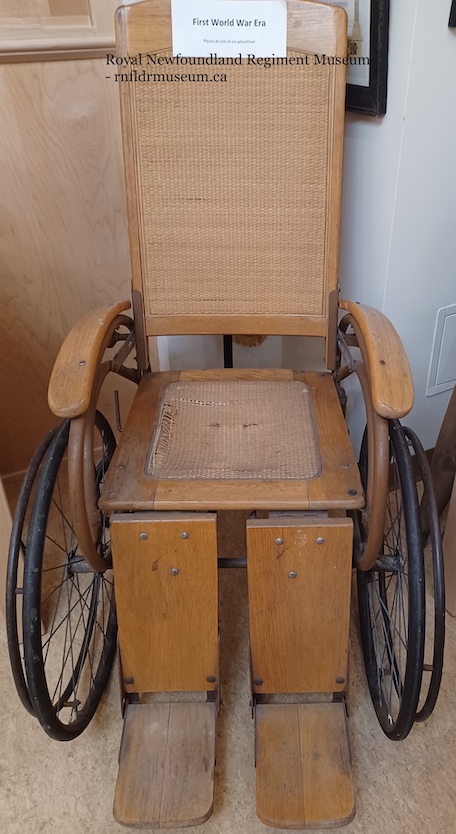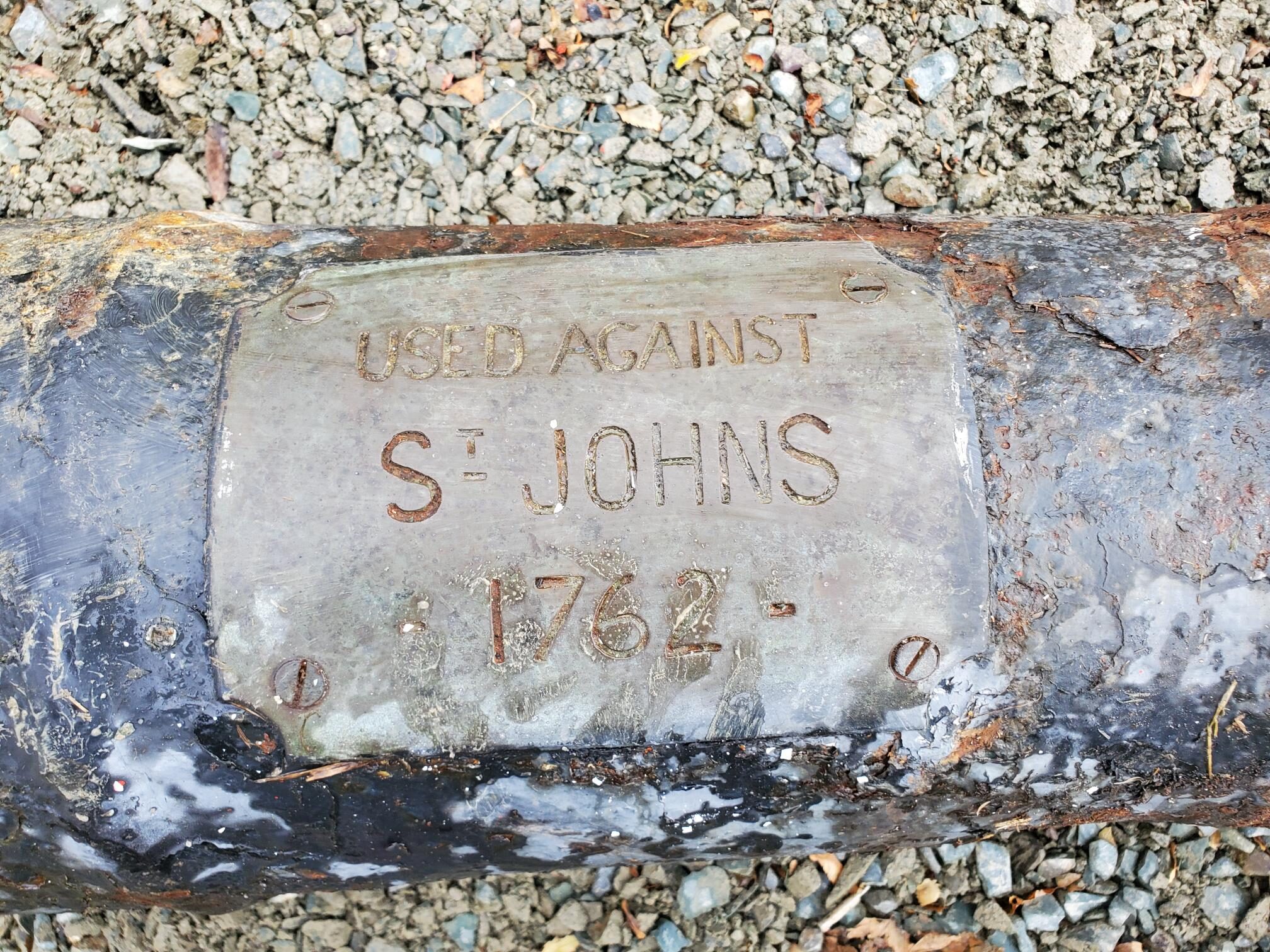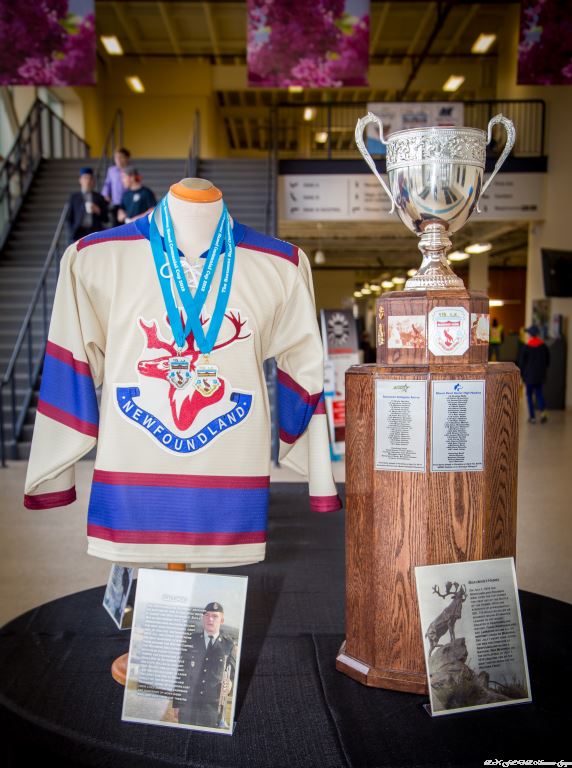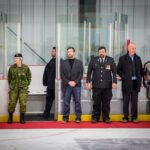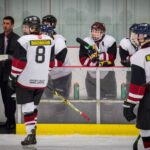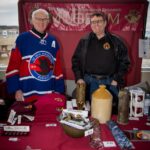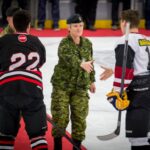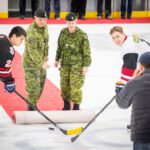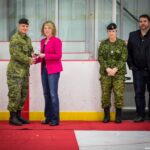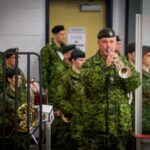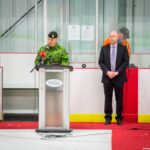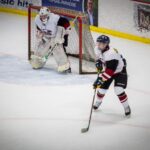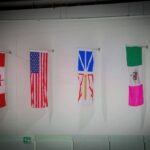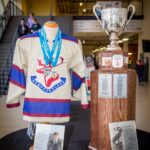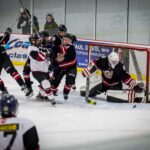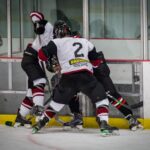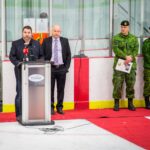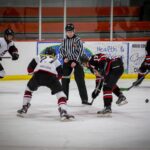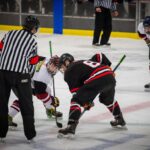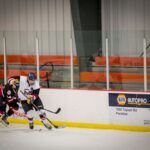Leading up to “Z-Day”, the Great Push, several raids were conducted on German trenches. The objective: to capture German prisoners for information/identification. The Royal Newfoundland Regiment participated in two of the eight raids that occurred.
The first, was June 26th; a Monday. With the artillery bombardment on German trenches leading up to the Great Push, the raiding parties had limited time to enter the chosen trench and meet their objective. They immediately ran into issues when trying to get through the barbed wire. It wasn’t as damaged as they thought from the artillery and all attempts to get through the wire failed. Soon the German troops were alerted and began firing on the raiding party. The Newfoundlanders withdrew.
The second raid was the following night, Tuesday the 27th of June. They changed the firing path of the artillery to give the parties no time limit to accomplish their objective. However, they were met by a trench full of enemies and engaged in a 25 minutes conflict with the enemy. In this conflict, 4 Newfoundlanders were killed, 21 wounded, and 3 were missing (with 2/3 having been taken captive by the Germans). Pte. George Philips is credited as having bayoneted 2 Germans during this conflict. He returned the next morning after being out all night and was covered in blood. Mostly the blood of others.
Although the objective was not met (they had no German prisoners), the second raid showed that the location of attack during Z-day was “well fortified and held in great strength”.
To prepare for these raids, and for the Great Push itself, trench maps were used: hand-drawn maps created using aerial photographs for reference. Officers would write and draw on such maps. The aerial photographs were those taken of “Y” Ravine” by the Royal Flying Corps. They showed how the Germans used the landscape. Everyone involved in the raids studied the aerial photographs to familiarize themselves with the routes they needed to take in the dark.
Both the maps and photographs were consulted, written on, and studied by the British and Newfoundlanders before the Great Push. Pictured above are maps and photographs thought to have belonged Captain Hadow. The hand-drawn maps may have been used by Captain Hadow but are more likely duplicates he kept (based on their condition).
Come visit the Royal Newfoundland Regiment Museum to see maps used during the First World War.

